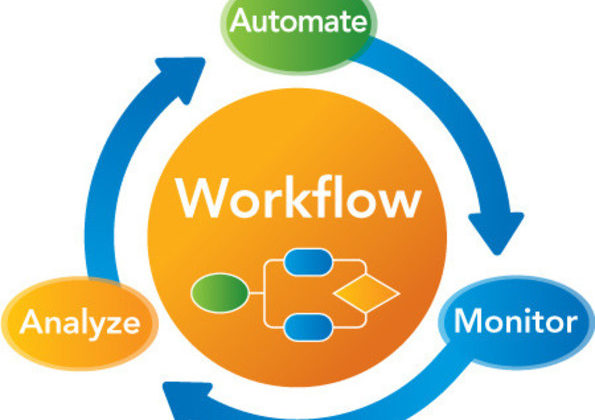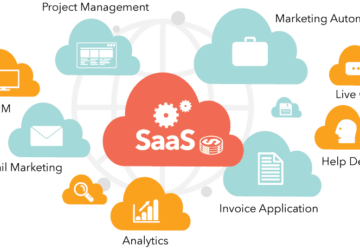Business process automation (BPA) is the technology-enabled automation of business processes. It is performed to achieve digital transformation or to increase service quality or to improve service delivery or to contain costs. It consists of integrating applications, restructuring labor resources and using software applications throughout the organization.
Extension of existing IT systems
As most IT systems are inherently automation engines in themselves, a valid option is to extend their functionality to enable the desired automation, creating customized linkages between the disparate application systems where needed. This approach means that the automation can be tailored specifically to the exact environment of the organization; on the down-side, it can be time-consuming to find the necessary skills either internally or in the marketplace.
Deployment of BPA
Specialist companies are bringing toolsets to market that are purpose-built for the function of BPA. Toolsets vary in sophistication, but there is an increasing trend towards the use of artificial intelligence technologies that can understand natural language and unstructured datasets, interact with human beings, and adapt to new types of problems without human-guided training.[1] BPA providers tend to focus on different industry sectors but their underlying approach tends to be similar in that they will attempt to provide the shortest route to automation by exploiting the user interface layer rather than going deeply into the application code or databases sitting behind them. They also simplify their own interface to the extent that these tools can be used directly by non-technically qualified staff. The main advantage of these toolsets is therefore their speed of deployment, the drawback is that it brings yet another IT supplier to the organization.
The market is, however, evolving in this area. In order to automate these processes, connectors are needed to fit these systems/solutions together with a data exchange layer to transfer the information. A process driven messaging service is an option for optimizing your data exchange layer. By mapping your end-to-end process workflow, you can build an integration between individual platforms using a process driven messaging platform. Process driven messaging service gives you the logic to build your process by using triggers, jobs and workflows. Some companies uses an API where you build workflow/s and then connect various systems or mobile devices. You build the process, creating workflows in the API where the workflow in the API acts as a data exchange layer.
A Business Process Management Implementation
A business process management system is quite different from BPA. However, it is possible to build automation on the back of a BPM implementation. The actual tools to achieve this vary, from writing custom application code to using specialist BPA tools. The advantages and disadvantages of this approach are inextricably linked – the BPM implementation provides an architecture for all processes in the business to be mapped, but this in itself delays the automation of individual processes and so benefits may be lost in the meantime.
Deployment of Robotic Process Automation
The practice of performing robotic process automation results the deployment of attended or unattended software agents to an organization’s environment. These software agents, or robots, are deployed to perform pre-defined structured and repetitive sets of business tasks or processes. Artificial intelligence software robots are deployed to handle unstructured data sets and are deployed after performing and deploying robotic process automation. Robotic process automation is the leading gateway for the adoption of artificial intelligence in business environments.



